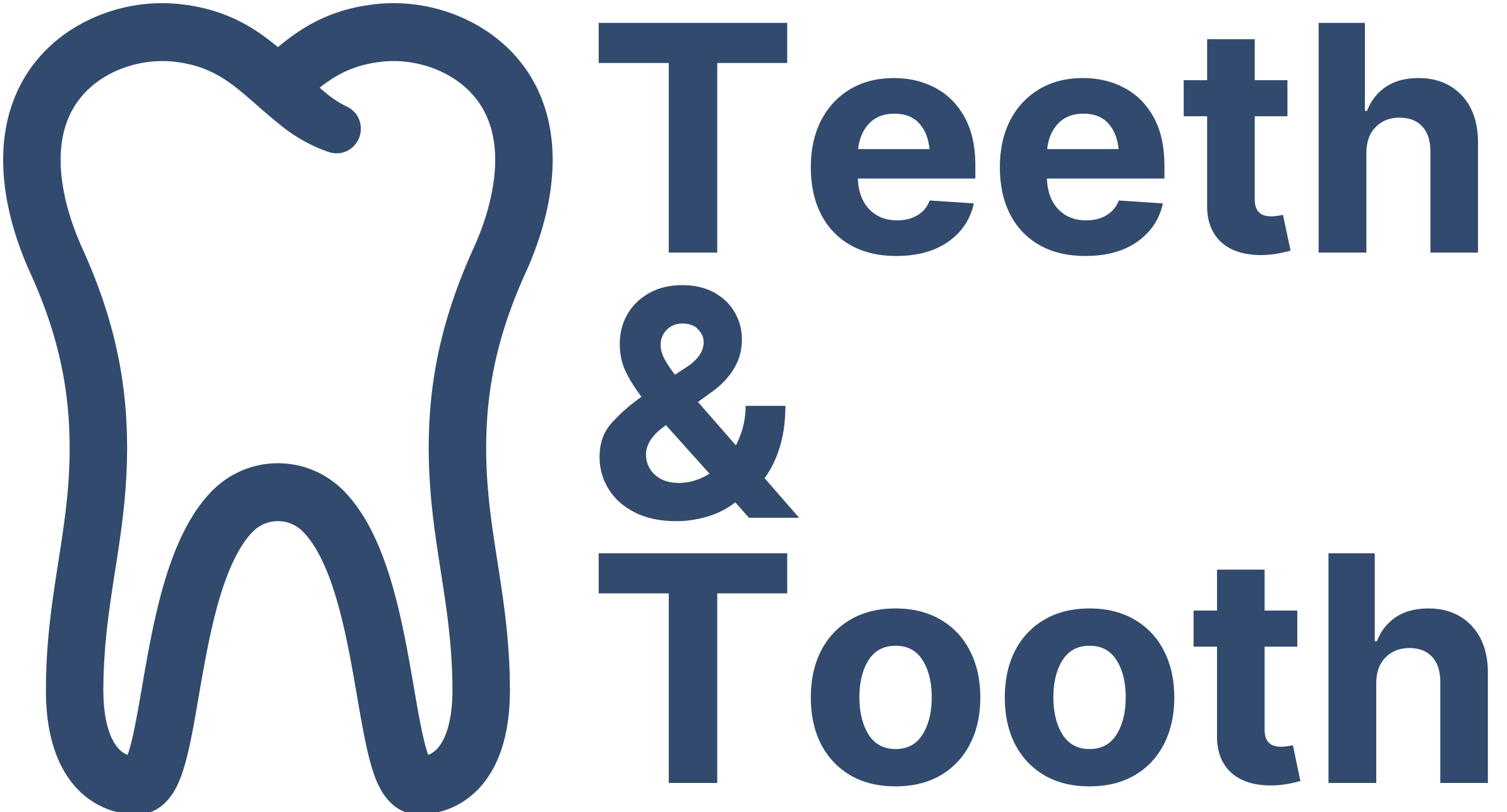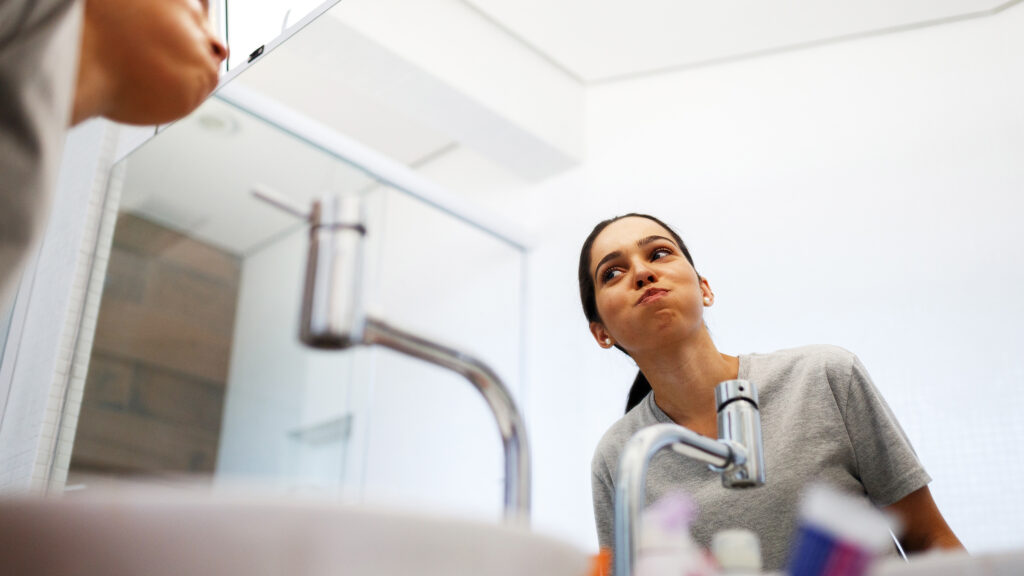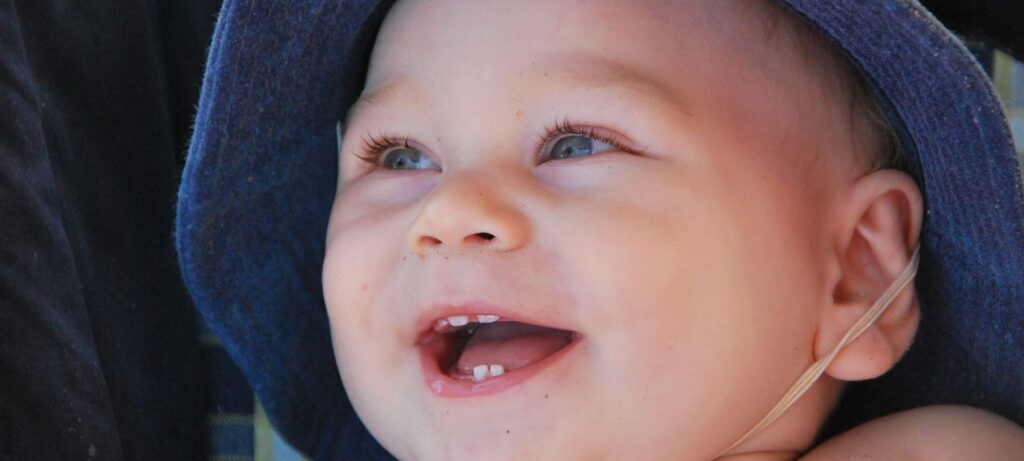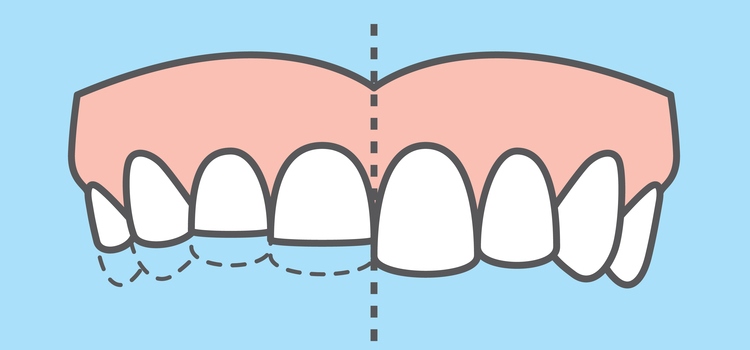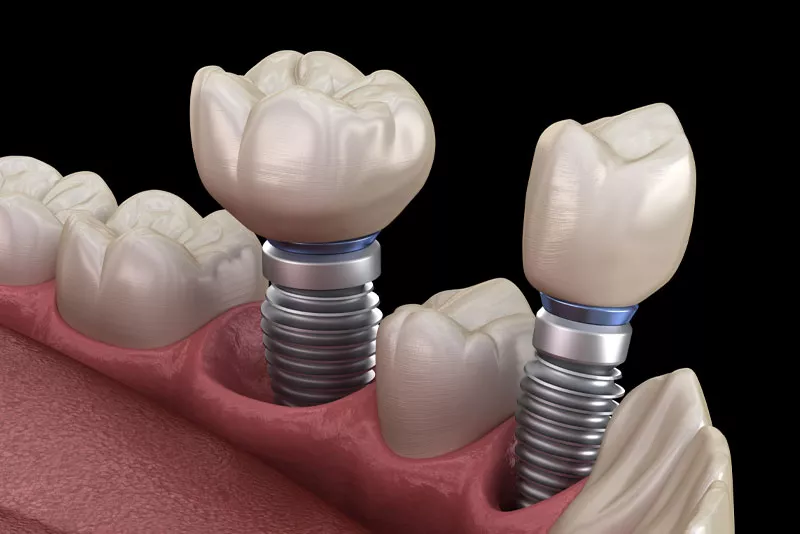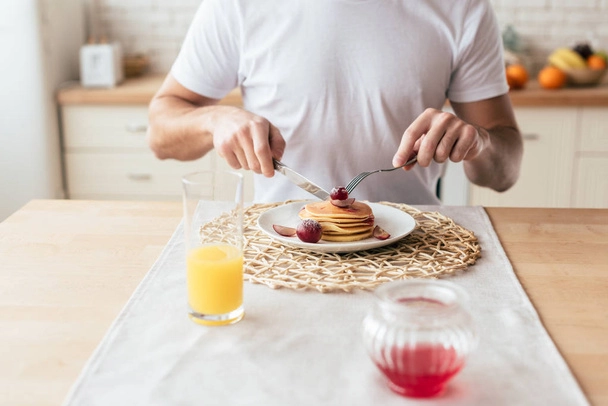
Having a wisdom tooth removed can be a painful process. However, it is a common oral surgery that many people undergo at some point in their lives. While the post-surgery healing process can be quick for some, it can be a really cumbersome and uncomfortable experience.
One common question that arises after wisdom teeth removal is what types of food can be eaten without causing pain or hindering the recovery of the wound. Pancakes, in particular, are a favorite breakfast food for many, but can they be consumed after wisdom teeth removal?
The answer is yes, you can eat pancake after wisdom teeth removal. However, there are several things you need to take note of when consuming food after the surgery. In the rest of this article, we will explore the dos and don’ts of eating pancakes after wisdom teeth removal and provide you with some alternatives and recommendations for a safe and comfortable recovery.
Eating Pancakes After Wisdom Teeth Removal
Many people worry that they won’t be able to enjoy their favorite foods or will have to stick with bland meals during the recovery process. However, there are many delicious options that people can have after their surgery, and that includes pancakes!
Pancakes are one of several soft food that are recommended by dentists as they are gentle on your delicate gums, allowing for an enjoyable breakfast experience. Furthermore, they provide your body with the essential carbohydrates and proteins for the body to heal quickly. According to USDA’s FoodData Central, one serving of pancake contains 139 calories, 5.9 grams of fats, 17.7 grams of carbohydrates, and 3.7 grams of protein.
However, there are several things that one should take note of when eating pancakes after your wisdom teeth removal
Firstly, one should divide the pancake into smaller portions before consumption. Breaking up the pancakes into bite-sized pieces makes it easier to chew the food and lowers the chances of the pancake irritating the surgical site.
You may be interested in: What Are the Disadvantages of Removing Wisdom Teeth?
Secondly, pancakes should be eaten with limited toppings such as butter, syrup, or jams as it reduces the sugar intake. Sugar is a key ingredient in the growth of harmful bacteria that causes plaque and cavities. By limiting the sugar intake, you reduce the chances of cavities and an infection in the affected area. If you cannot resist the urge to add a couple drops of syrup, be sure to brush and rinse your mouth after your meal.
Last of all, while pancake are soft and fluffy, they can take time to chew and digest. Excessive chewing of food can cause potential complications such as irritation to the surgical site and in the worst scenario, a dry socket.
As with any type of food intake following wisdom tooth removal surgery, it is important to mix up meals with different types of proteins and carbohydrates for balanced nutrition.
Alternatives to Pancakes
After your wisdom teeth removal surgery, it is imperative that you follow your dentist’s instructions and recovery plan. This includes sticking to a liquid or soft food diet for the first 24 to 72 hours after the surgery. While pancakes are a great breakfast option, there are many other soft food that you can consider. Ideally, these food should be low in fiber and fat, and high in essential minerals, vitamin and protein to aid the recovery process.
In general, a soft food are defined as food that can be easily smashed with a food. Some of these food you can consume after your wisdom teeth removal include:
- Scrambled eggs. They are quick and easy to make, and are a great source of protein.
- Yogurt. These are high in calcium protein, vitamin, and low in fat. Do consume those that are low in sugar.
- Pudding. These soft jellos are a great post-meal dessert. Be sure to give them a good chill blast in the freezer before serving.
- Ice Cream. Similar to pudding, ice cream are a great comfort food as it helps to soothe the pain in the affected area.
- Mashed potatoes. They are a great source of energy and do not require much chewing.
- Cooked and pureed vegetables. Cooked vegetables are an excellent source of minerals and fiber.
- Applesauce: Applesauce or any fruit-based purée provides you with vitamin and minerals. They can be eaten as a side dish or a mid-day snack!
- Cheese. Cheese of any type provides protein, calcium and vitamins. Furthermore, they are easy to digest due to its smooth texture
- Smoothies. Smoothies are a great and simple way to get all your daily nutrients through a straw. Try different recipes to find your favourite healthy smoothie. However, do avoid adding syrup or honey as sugar increases the risk of an infection.
- Ground Meat: Ground chicken, beef, or turkey are easy on the teeth while providing the necessary protein to meet your daily nutritional requirements.
- Rice or pasta dishes. These are a great way to intake carbohydrate and provide you with energy to take on the rest of the day
- Broth-based Soup. Much like smoothies, soups are an easy way to take in important nutrients and minerals without risking a dry socket.
- Fish. Soft fishes such as cod or salmon provide plenty of nutrients and serves as a good transition from a liquid or soft diet back to your usual diet.
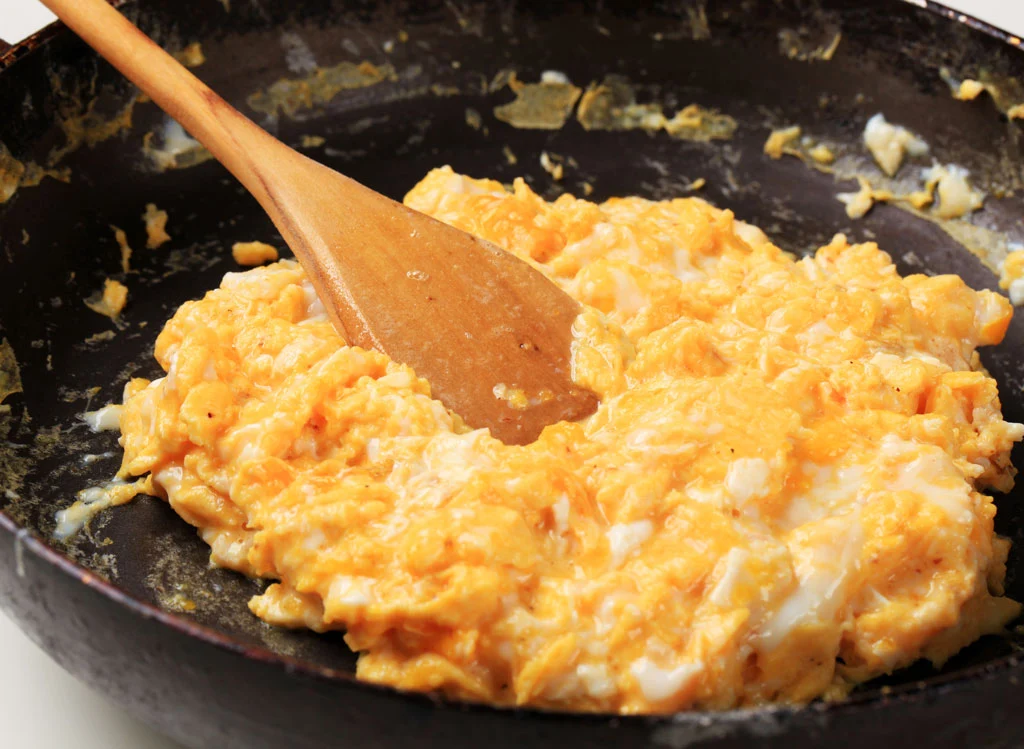
On top of a soft food diet, one should also stay well-hydrated by drinking lots of water. This helps to flush away any food particles or sugar that may be stuck in your mouth. Whenever possible, avoid juices, carbonated beverages, and coffee as can cause discomfort in the wound area. Furthermore, they contain sugar which can increases the chances of plaque formation and an infection.
Apart from having a soft food diet, you should avoid hard, crunchy, and chewy foods, as well as hot, spicy, and acidic foods as they can cause discomfort and irritate the surgical area. Examples of these food include popcorn, ice, tomatoes, citrus fruits, spicy food, and steak.
Takeaway
To conclude, it is perfectly fine to consume pancakes immediately after your wisdom teeth removal surgery. However, you should always cut the pancakes into smaller portions and avoid toppings. For those who may find pancakes difficult to chew, give time for the wound to recover and incorporate it back into your diet after a week or two of healing.
It is important to remember that everyone heals at a different pace, and what works for one person may not work for another. While others maybe able to have pancakes after their surgery, that may not be the case for you. It is best that you consult with your dentist or oral surgeon for specific recommendations and guidelines based on your case.
If you are experience discomfort in your wound area when having pancake, stop immediately to avoid any complications. Consider alternatives such as mash potatoes, soups, scrambled eggs, and smoothies. Be sure that you are having a balanced diet.
Last but not least, be sure to listen to your body and follow your dentist’s instruction for a safe, comfortable, and tasty recovery!
